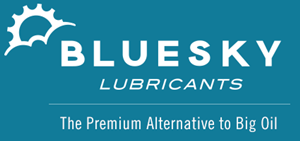European Union - REACH
REACH is a regulation created by the EU, created to help increase the protection of human health, as well as the environment, from the risks that may potentially be posed by chemicals. REACH applies to all chemical substances, not only those used for industrial purposes. The companies involved with selling their items in the European Union must acknowledge and be prepared to handle the risks linked to the items they manufacture. REACH is an acronym standing for: Registration, Evaluation, Authorization and Restriction of Chemicals. The information presented about this regulation as well as more information is available on the ECHA webpage.
Australia - AICS
AICS has been put in place to separate new from existing chemicals. AICS contains all industrial chemicals in use in Australia between January 1, 1977 and February 28, 1990. Also, newly assessed chemicals and corrections to current items on the list are added as needed. Chemicals regulated by different Australian regulators and, since then, have become industrial chemicals are also added to the list. All certificate-assessed chemicals are included on AICS five years after the certificate date, unless requested to be immediately added. AICS stands for Australian Inventory of Chemical Substances. The information presented about this regulation as well as more information is available on the NICNAS webpage.
Canada - DSL/NDSL
The DSL, Domestic Substances List, and NDSL, Non-Domestic Substances List, are created in conformance with the Environment Canada legislature, the Canadian Environmental Protection Act (CEPA). The DSL contains substances used in Canadian commerce between January 1, 1984 and December 31, 1986. It was developed as a way to identify what substances were new to the country. The list has been amended over the years and now contains 23,000 substances. Substances that appear on the DSL with no other restrictions are free to be imported into Canada. The NDSL, on the other hand, is a list of substances in International Commerce. The information presented about DSL/NDSL as well as more information is available on the CIRS webpage.
China - IECSC
The IECSC is a list of chemical substances that are produced or imported into China. Products on this list are approved to have met the restrictions that China holds for chemical substances. IECSC stands for Inventory of Existing Chemical Substances Produced or Imported in China. The list, as of 2013, contains 45,612 substances. The information presented about IECSC as well as more information is available on the CIRS webpage.
Japan - ENCS
Japan does not have one standard chemical inventory, like the IECSC. However, they have multiple chemical inventories of different categories. This grouping of inventories is called the ENCS. ENCS stands for Existing and New Chemical Substances. A new chemical substance is one that is not: an existing chemical substance that was created or imported when the Chemical Substance Control Law was put into place, a chemical substance announce by public notice from the three ministries, a class I or II chemical substance or priority assessment chemical substance. New chemical substances must be notified in conformity with the Industrial Safety and Health Law (ISHL). The information presented about ENCS as well as more information is available on the CIRS webpage.
Philippines - PICCS
PICCS, or Philippine Inventory of Chemicals and Chemical Substances, is a listing containing all chemicals / chemical substances manufacture or imported in the Philippines. IT was put in place to supply an inventory of what chemicals and chemical substances in the country. Chemicals not contained in this list may not be imported or manufactured in the country. The information presented about PICCS as well as more information is available on the Environmental Management Bureau webpage.
South Korea – KECI
The KECI, or Korea Existing Chemicals Inventory, is an inventory put forth by both the Ministry of Environment and Labor in South Korea. This list includes 42,652 chemical substances as a January 2013. The KECI is separated into three parts: Any chemical substances that were in the market before February 2, 1991 and notified on December 23, 1996, Chemical substances that were notified after review by the Ministry of Environment after February 2, 1991 and Chemical substances acknowledge on November 21, 2005 to be added to the KECI by the National Institute of Environmental Research. The information presented about KECI as well as more information is available on the CIRS webpage.


